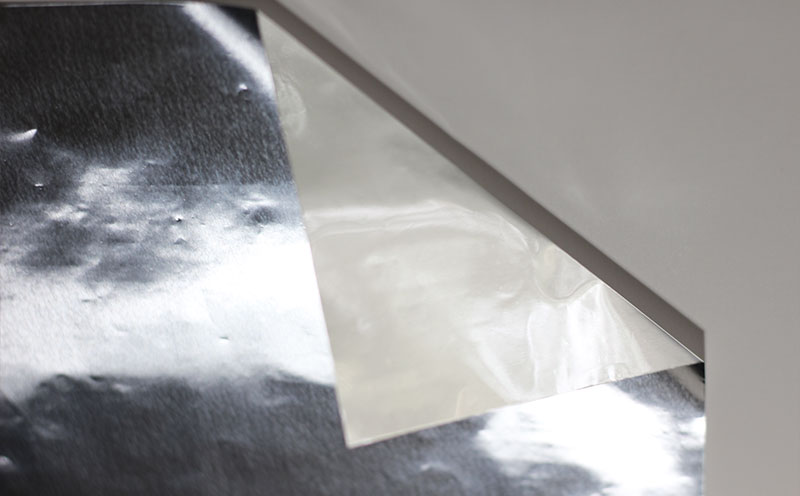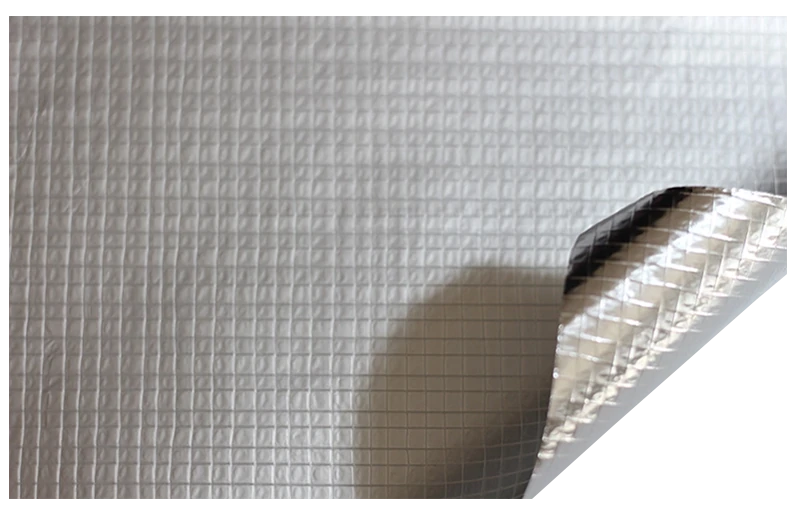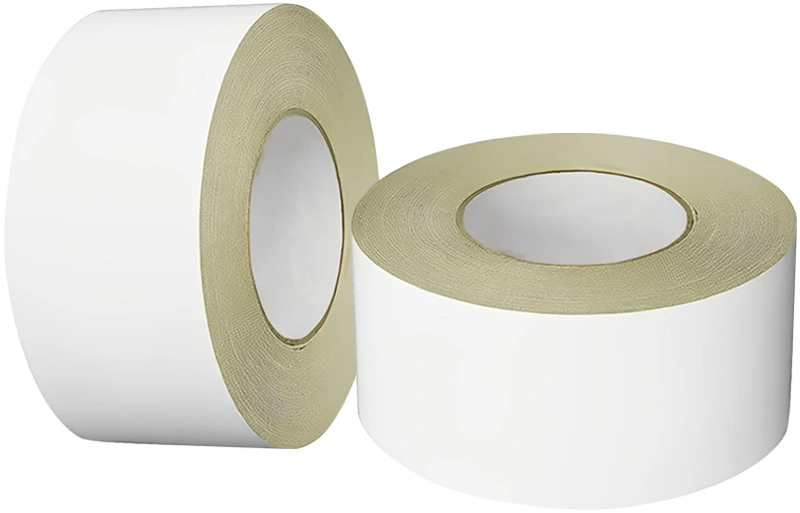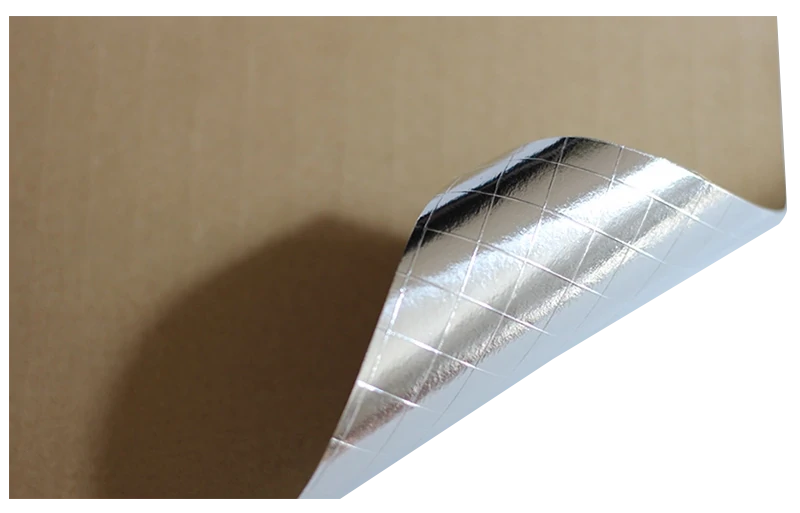Insulation facing, often made of kraft paper or foil, serves as a vapor barrier within a building's insulation system. In terms of HVAC Ductworks functionality, insulation facing vapor barrier is often used to limit vapor drive with the ultimate goal of preventing condensation. Insulation facing can serve a dual purpose as both insulation and a vapor barrier in certain applications. Here are a few reasons why insulation facing is used as a vapor barrier:
1. Convenience and Ease of Installation:
Combined functionality: The vapor barrier is already attached to the insulation, streamlining the installation process.
Protection during handling: The facing protects the insulation material from damage during transportation and installation.
2. Cost-Effective Solution:
Bundled product: Insulation with facing is often more cost-effective than purchasing insulation and a separate vapor barrier.
Time-saving: Reduces the labor and materials needed for installation compared to using separate components.
3. Thermal Resistance:
Some insulation facings, like foil, can provide additional thermal resistance, enhancing the insulation's overall performance.
4. Aesthetic Appeal:
The facing can improve the appearance of the insulated space, especially in visible areas like attics or unfinished basements.
Functions of Insulation facing Vapor barrier
Moisture control: A vapor barrier helps to control the movement of moisture through building materials. By placing insulation facing vapor barrier on the warm side of the insulation, it prevents moisture-laden air from passing through the insulation and reaching colder surfaces where it can condense and cause issues like mold growth or structural damage.
Energy efficiency: The presence of a vapor barrier helps maintain the thermal performance of the insulation by preventing air movement and reducing heat loss. It creates an airtight seal that minimizes the transfer of heat, thus improving energy efficiency and reducing heating and cooling costs.
Indoor air quality: By preventing moisture infiltration, insulation facing vapor barrier can contribute to maintaining indoor air quality. Moisture can lead to the growth of mold, mildew, and other harmful microorganisms, which can negatively impact the air you breathe. A vapor barrier helps to limit these issues by keeping moisture under control.
Condensation prevention: Vapor barriers are particularly useful in areas with significant temperature differences between the interior and exterior of a building. When warm, moist air encounters a cold surface, it can condense into water droplets. Insulation facing with a vapor barrier acts as a barrier between the warm, humid indoor air and the colder surfaces, preventing condensation from occurring within the insulation.
Important Considerations:
Effectiveness: Insulation facing alone might not provide a sufficient vapor barrier, especially in humid climates or areas with high moisture levels. It's often recommended to use additional vapor barriers in critical areas like exterior walls.
Proper Installation: The facing must be installed with the vapor barrier side facing towards the warm side of the insulation to be effective.
Ventilation: Adequate ventilation is crucial to prevent moisture buildup, even with the use of insulation facing.
In conclusion, while insulation facing offers convenience and some vapor barrier properties, it's essential to consider the specific climate and building conditions to determine if additional vapor barrier measures are necessary for optimal moisture control and insulation performance.




